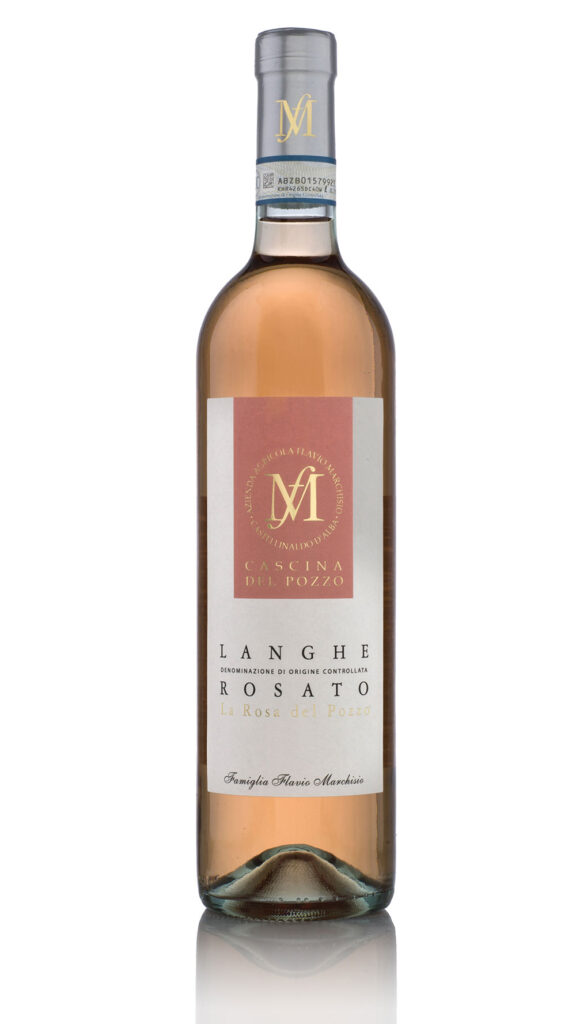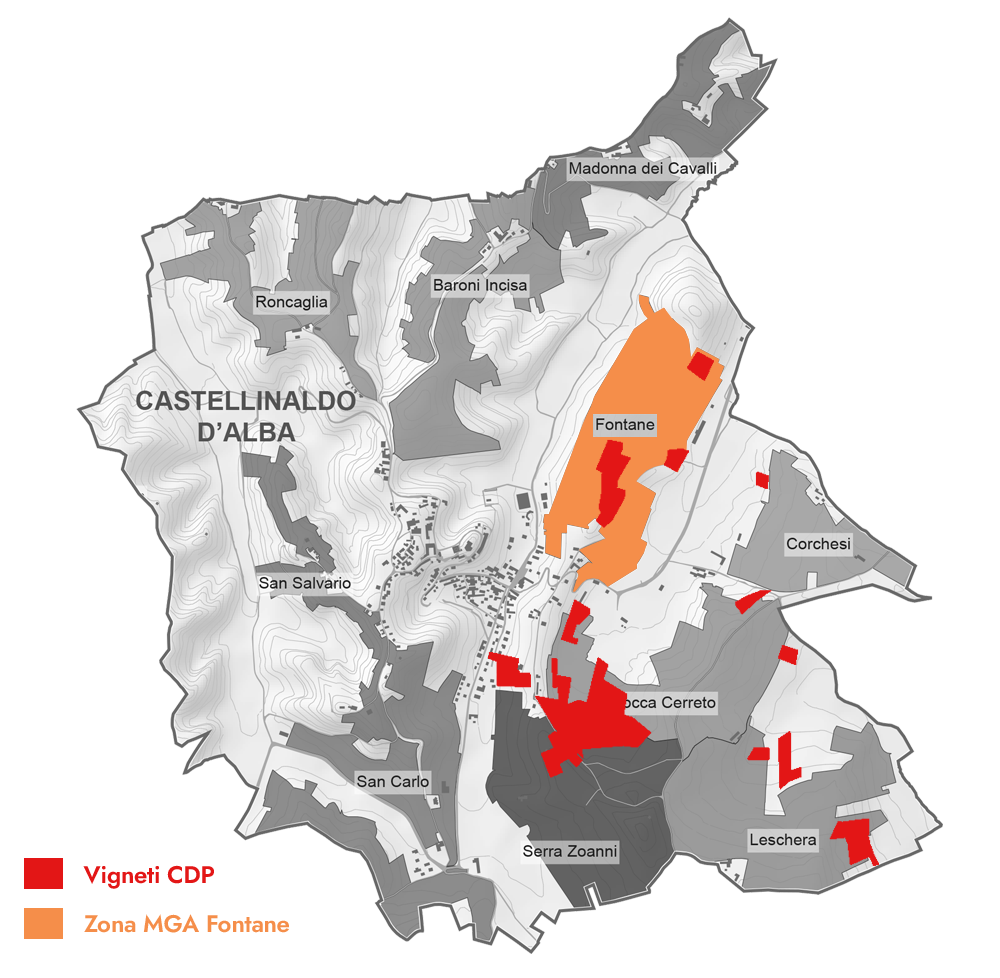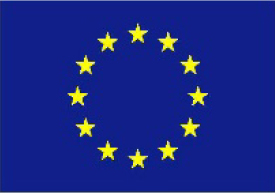First vintage: 2014
This rosé is made exclusively from barbera grapes and this is its main characteristic. Vinification is done by gently pressing the barbera grapes without maceration; this allows a light-colored rosé to be bottled. The nose and taste are reminiscent of barbera hints: fruity on the nose and with a slight acidity in the mouth that calls willingly to the second glass.

THE ROSE OF THE WELL
Langhe Rosé
Barbera
| Grapevine | 100% Barbera |
| Production area | Castellinaldo d'Alba - Roero |
| Land | Sandy with low percentages of flax and clay |
| Exposure / Altitude | 280 - 330 m |
| Breeding / Pruning | counter-espalier / Guyot |
| Planting density | 5,000 vines per hectare |
| Yield per hectare | 60hl |
| Harvest | Manual at the end of September |
| Vinification | Soft pressing; alcoholic fermentation in thermoconditioned Inox; maximum regime 17°. |
| Refinement | 3 months in stainless steel barrels with periodic batonnages |
| Bottles per year | 3.000 |
| Pairings | Aperitifs, appetizers, seafood dishes |
| Formats | 0,75L |

Frequently Asked Questions
Curiosities and questions about La Rosa del Pozzo wine and related concepts
Vineyard: Fountains

Pairings
Aperitifs

The Rose in the Well pairs well with aperitifs. The following are some classics that are well compatible with this label:
Fish

The Rose in the Well is also ideal with fish dishes. The following are some examples:



